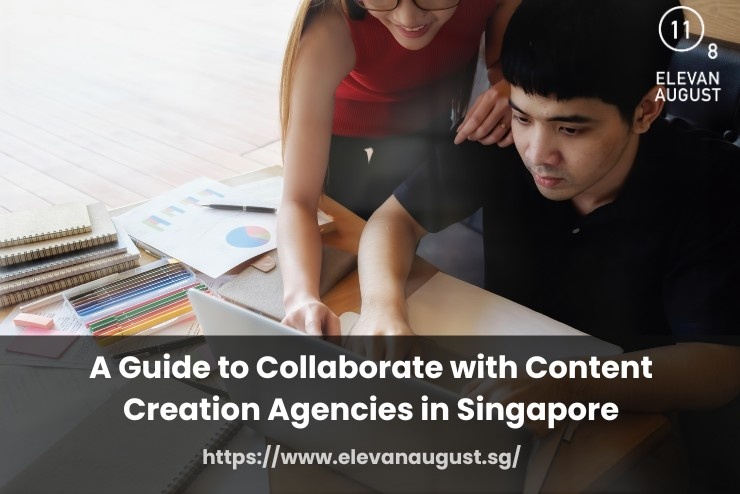Most businesses reach a point where content becomes too much to manage in-house. The calendar keeps growing, quality dips, and timelines stretch. You still have ideas, but no time to shape them into something consistent.
That’s usually when a content creation partner steps in. Not to take over, but to organise what already exists in your head and make it work harder.
If you’re thinking about bringing in help, this guide will show you what to align first, what to expect from the process, and how to build something that runs smoothly.
Let’s start with the basics!
Define what needs to be created and what doesn’t
Before you meet any agency, start with a list. Not just of the content you want, but the things you want to stop doing. What takes too long? What keeps getting pushed down the list?
Clarifying what you want to offload helps the agency come back with realistic solutions.
It also shows whether you need writing, design, social execution, or all three.
A good content creation agency Singapore teams work with usually begins with a scoping session, not a pitch deck. The clearer you are at this stage, the smoother the rest becomes.
Share context, not just deliverables
Agencies produce better work when they understand how content fits into your bigger picture. What matters to your customers? What tone suits your industry? What deadlines are fixed versus flexible?
Build a working brief that includes past examples, brand voice notes, and common feedback patterns. Show them what you like, not just what you want next.
This kind of context shortens the trial phase. It also helps the team suggest smarter formats (from social carousels to long-form pages) without needing constant back and forth.
Create a structure that stays solid under pressure
Content timelines rarely move in straight lines. Campaigns overlap. Reviews get delayed. Priorities shift. A good system keeps things moving even when things pile up.
This could be a shared tracker, a weekly sync, or a checklist everyone refers to. What matters more is that each step has an owner and each task has a clear next move.
Once the process clicks, content moves without constant check-ins. You avoid last-minute scrambles, and everyone knows what comes next.
That kind of consistency is what makes branded content Singapore audiences engage with—it feels timely, polished, and aligned with the brand.
Keep feedback flowing while the work is still in motion
Strong content gets shaped while it’s still being made. Not after it’s published, and definitely not in silence. Notes that come in early are easier to apply and usually lead to sharper ideas.
It helps to be direct. Mark what feels off. Share what’s working. When that becomes part of the routine, feedback feels lighter and quicker to act on.
Agencies that receive steady input tend to deliver sharper work. Not because they guess better, but because they’re building with you, not just for you. That’s what makes the process easier to repeat.
Track what works, and build from there
After a few months, you’ll start seeing what kind of content performs best.
Maybe your explainer reels get more shares. Maybe your blog drives more email signups.
Use those insights to steer the next round of planning. Share performance notes with your agency so they know where to double down and where to pull back.
This kind of feedback loop lets you scale in a smart way. Over time, you go from “what should we post next” to “what format do we lean into next month.”
Final Thoughts
Great content partnerships don’t rely on guesswork. They come from structure, shared context, and systems that let creative teams move quickly without losing direction.
That’s where most of our work begins—not just producing content, but helping clients build clarity into the way they run it.
If you’re ready to shape branded content Singapore audiences care about—and want a team that can step in without slowing things down—Elevan August Media is here to support you.
Let’s explore what that working model could look like for your brand. Get in touch with us today.






